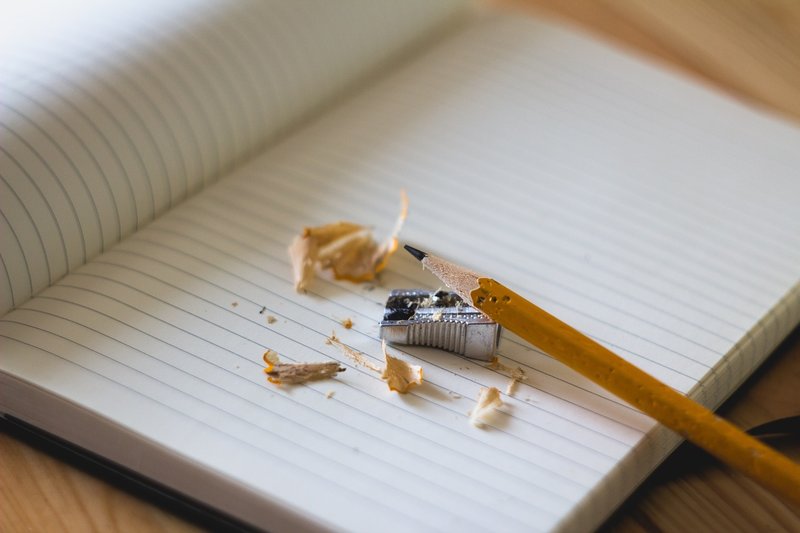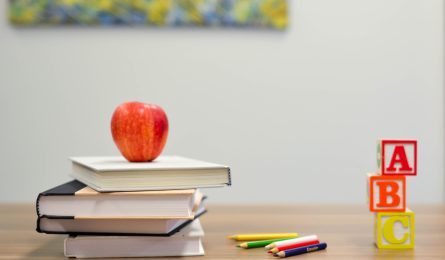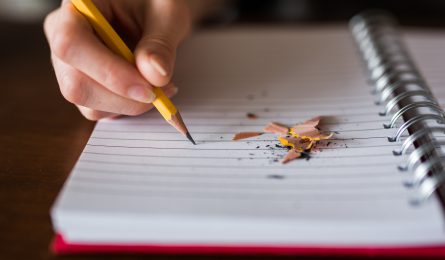
So, you might have heard a while back that financial education is going to be included as part of the national curriculum.
As the school year is just about to begin, the chances are that the children in your life will be learning about topics such as ‘personal finances’.
But what does this actually mean?
Essentially, it means that any child in a school that follows the national curriculum, will now be taught life skills around handling money. This will include the concept of tax and the importance of saving, whilst financial calculations will now be introduced into maths classes. For a more detailed description of what children will be learning at different points in their education click here.
The reason that the Government has decided to do this is because personal finance is “necessary for financial literacy and most forms of employment”.
It’s for this reason that many are supporting the idea of teaching the value of money to children at a younger age. However, only around half of the schools in England have to follow the national curriculum, so there’s a chance your child won’t be learning about money at school.
But whether or not your child will be learning about money at school, we still think it’s a good idea for parents, grandparents and carers to be as involved as possible in teaching children in their life the invaluable life skills of how to handle money.
That’s why we have created our very own guide to help you to teach your children about money at different stages in their lives!
Young children: 3-10 years old
At these early stages your child’s mind is a blank slate when it comes to money, and for all they know, money could actually grow on trees! So you should be doing your best to make sure they know the following things:
What is money and why do you need it?
At this young age, you should be aiming to teach them the basics about money, but also to encourage them to apply this knowledge to their own life where possible.
So for example, when a child is in their toddler years, you might want to ‘plant the seed’ about what money is and make sure they know that you need money to buy things. Try not to over complicate things, as these are the early stages and they only need to know the basics at the beginning.
As your child gets older and starts to move through the school years they will learn more at school about simple denominations of money and how it works, so you might want to start getting them to apply money to their own lives. One idea could be that you give your children pocket money to buy toys with, or you could tell them that if they want a new toy, they’ll have to sell a couple of their old toys at a car boot sale or on eBay to fund it.
How to earn and spend money
Around the age of 10 years old, you can start teaching them a few more tips and tricks of your own about how you spend money (or how not to spend money!), as well as how you get money in the first place. A good place to start is by setting a few basic chores that they have to do to earn their pocket money. This can be as simple as putting all their toys away, but you could also go as far as setting up a ‘wall chart’ of jobs for them to do.
You might also want to teach them that there’s always a better deal if you shop around. To do this, you could help them look for a certain toy at both a high street store and a few online websites.
A great tool for helping children learn about money and apply it to their lives is ‘Rooster Bank’. This is a smartphone and tablet app that allows you to help your child track how much money they have earned, what they have spent and how much they have left in their savings. All you have to do is help the child to add their pocket money, and take away what they’ve spent, so they’re left with two totals (what’s in their virtual wallet, and what’s left in their savings).
Pre and early teens: 11-14 years old
Now your child is in ‘senior school’, they’ll be studying mathematics at a higher level, and depending on if their school follows the national curriculum, they may even be learning about personal finances. So it’s important to reinforce the following:
Importance of saving
This is your opportunity to really teach some positive financial habits, such as the importance of saving a nest egg* for a rainy day, for their future; or just for that thing they’ve always wanted. It is likely they will be learning about savings and taxes at school, so why not compliment this by helping them set up a savings account for them to contribute their own money too?
You could suggest that for every £1 they earn from chores or a newspaper round, they put 50p into their savings account.
Protecting yourself against fraud
You might also want to start teaching them the basics about internet security when buying things online, the importance of being safe with your bank details, as well as the dangers of using a credit card.
Young adults: 15+
At school, children studying for their GCSE’s will be taught advanced financial calculations, as well as what tax is and why you have to pay it. In their citizenship classes*, they’ll also learn about financial products such as ISAs, so there’s plenty you could encourage them to do.
You could help them apply their new found knowledge into the real world by:
Helping them open a savings account
At 15, they’ll only be eligible for a Junior ISA, but when they turn 16 they can open their own adult ISA and become the registered contact for their Junior ISA* if you have opened one for them in the past.
If the child is earning money, either through household chores, a paper round or even a part-time job, you might want to encourage them to open a savings account such as an ISA, or at least become more involved with their Junior ISA.
As they’re learning about it at school, they’ll no doubt know how they work, so why not give them some gentle encouragement and get them to apply their skills and knowledge?
Always have a ‘plan B’
As they’ll be learning about other financial products in school, you could teach them about preparing for more difficult times. This could be in the form of helping them set up an emergency savings account in case an unexpected cost comes along, or you could even talk to them about the different insurance products that you use.
An example of an insurance product could be home and contents insurance, but you could also teach them about income protection in order to educate them about the dangers of losing your income once you have a full-time job.
Do you have any other tips?
If you have any other tips to help teach children about money and personal finances, you can tweet us @ShepherdsFS or email us via [email protected].
*Handy Jargon Buster
- Nest egg: An amount of money or savings that has been put to one side so it can be used in the future. A nest egg can be used for anything from a deposit for a house to a retirement fund.
- Citizenship classes: In the national curriculum children in secondary school now take ‘Citizenship Classes’. The classes are designed to teach children about topics such as how democracy works, where taxes are spent, how laws are made and how to play a positive role in the community.
- Adult ISA: This is a tax efficient savings account available to UK citizens who are aged 16 or over. You can save up to £20,000 in an adult ISA, and all growth in your savings is considered to be ‘tax-efficient’.
- Junior ISA: This is the child friendly version of the adult ISA. The rules are the same, except the savings allowance is £4,260 this tax year, and the plan must be opened by the child’s parent or legal guardian.


